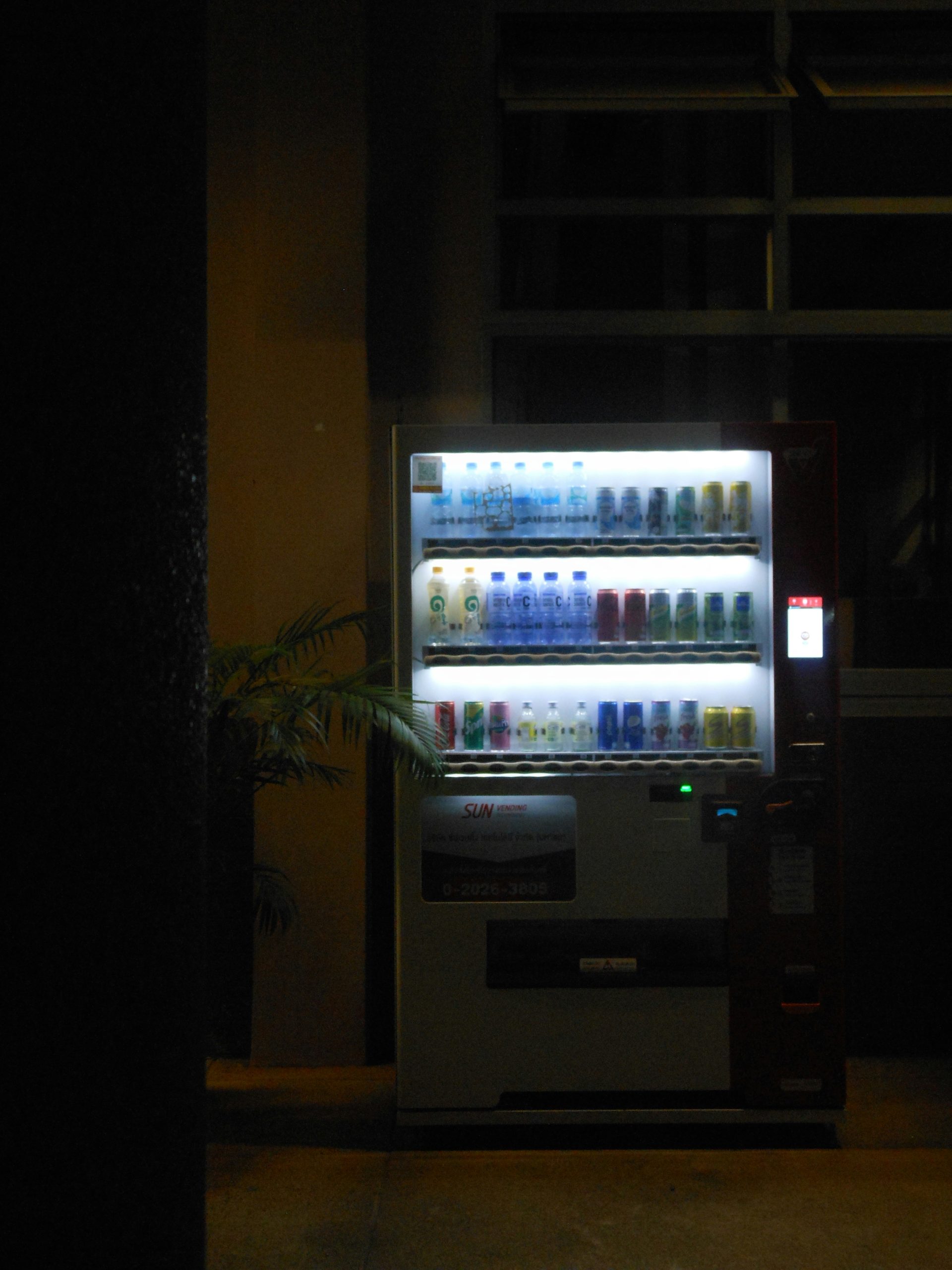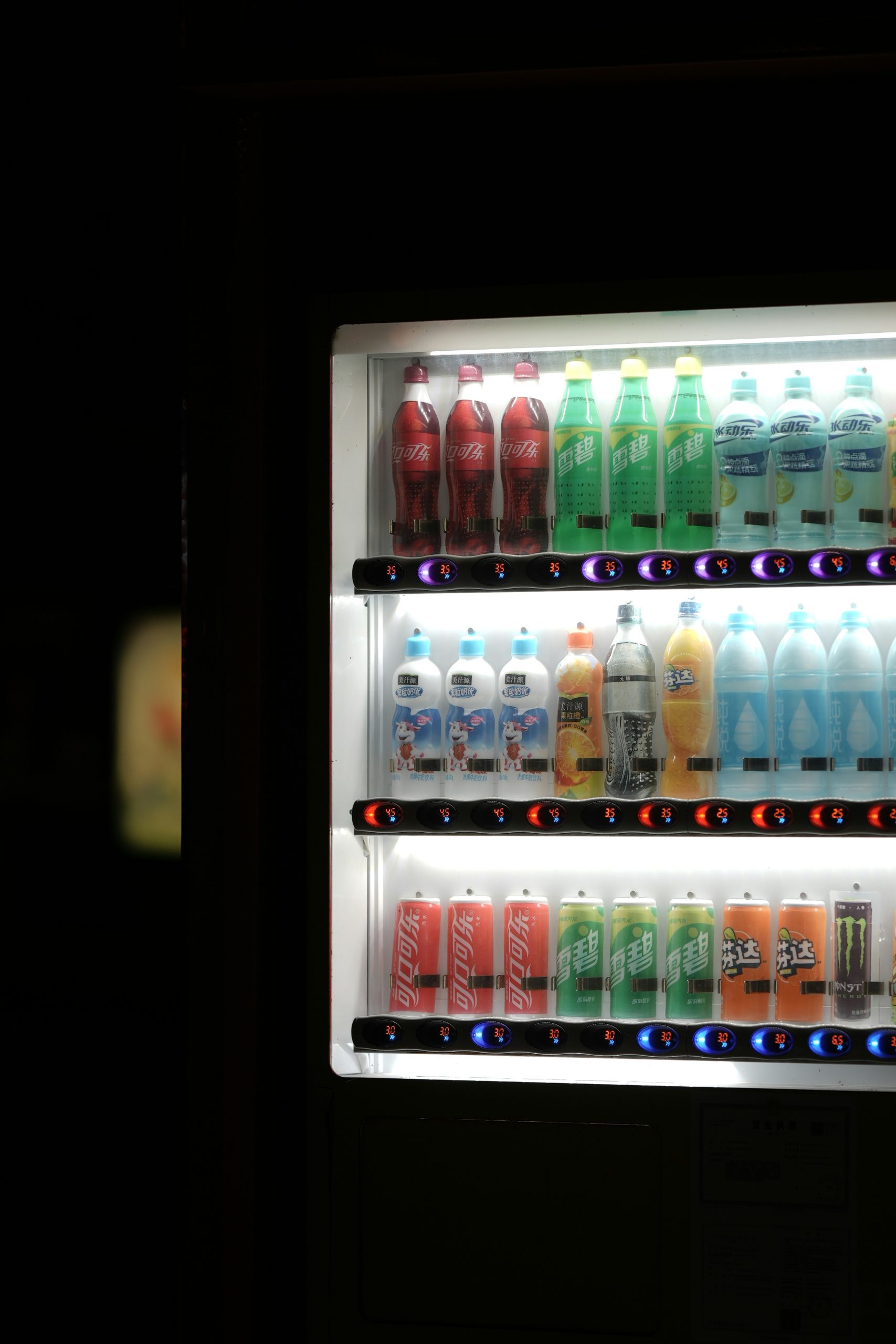
Singapore has transformed the humble vending machine from a simple snack dispenser into a showcase of cutting-edge technology. Walk through any MRT station, shopping mall, or office building, and you’ll encounter machines that seem pulled from a science fiction movie. These aren’t your typical coin-operated boxes—they’re sophisticated retail terminals that accept multiple payment methods, recognize faces, and even dispense hot meals.
The Lion City’s vending machine revolution reflects its broader commitment to becoming a Smart Nation. From AI-powered product recommendations to contactless transactions, Singapore’s vending machines demonstrate how traditional retail concepts can evolve through technology. Let’s explore just how advanced these automated retailers have become and what makes them stand out globally.
The Smart Nation Vision Drives Vending Innovation
Singapore’s government launched the Smart Nation initiative in 2014, aiming to harness technology to improve citizens’ quality of life. Vending machines became an unexpected beneficiary of this digital transformation push.
Unlike traditional vending operations that focus primarily on product sales, Singapore’s tech-enhanced machines serve multiple purposes. They collect consumer data, provide contactless shopping experiences, and integrate with the city’s digital payment ecosystem. This multi-functional approach aligns perfectly with Singapore’s efficiency-focused culture.
The Infocomm Media Development Authority (IMDA) has supported several pilot programs testing advanced vending technologies. These initiatives have led to machines that can recognize regular customers, suggest products based on purchase history, and even adjust pricing based on demand patterns.
Payment Technology: Beyond Cash and Cards
Singapore’s vending machines showcase some of the world’s most advanced payment systems. The widespread adoption of contactless payments has made these machines laboratories for testing new transaction methods.
Mobile Payment Integration
Most modern Singapore vending machines accept payments through popular mobile wallets like GrabPay, PayNow, and international options like Apple Pay and Google Pay. This integration happened rapidly—within three years of mobile payment adoption, over 80% of new vending machines included these capabilities.
QR code payments have become particularly popular. Customers simply scan a code displayed on the machine’s screen, select their products through a mobile app, and complete the transaction without touching the machine. This contactless approach gained significant momentum during the COVID-19 pandemic and has remained a preferred method for many users.
Biometric Authentication
Some premium locations feature vending machines with biometric payment systems. These machines can process payments through fingerprint recognition or facial scanning linked to pre-registered payment methods. While still relatively rare, these systems represent the cutting edge of vending machine payment technology.
The biometric systems also enable personalized experiences. Regular customers can have their preferences saved, making future purchases faster and more convenient. The machines can even suggest new products based on past purchases or current promotions.
Artificial Intelligence and Machine Learning
Singapore’s vending machines increasingly incorporate AI to optimize operations and enhance customer experiences. These smart systems go far beyond simple product dispensing.
Predictive Inventory Management
Advanced machines use AI algorithms to predict when products will run out based on historical sales data, weather patterns, and local events. This predictive capability reduces the frequency of empty slots and ensures popular items remain available.
Some machines communicate with central inventory management systems, automatically generating restocking orders when supplies run low. This automation reduces operational costs and improves customer satisfaction by maintaining consistent product availability.
Dynamic Pricing Systems
Certain vending machines employ dynamic pricing algorithms that adjust product costs based on demand, time of day, and inventory levels. During peak hours or when specific items are running low, prices might increase slightly. Conversely, items approaching expiration dates might be discounted automatically.
This pricing flexibility helps maximize revenue while reducing waste—a crucial consideration for food and beverage vending operations.
Product Diversity and Specialized Machines
Singapore’s vending machines have evolved far beyond traditional snacks and beverages. The variety of products available through automated retail has expanded dramatically.
Fresh Food Vending
Several locations feature vending machines that dispense fresh meals, salads, and sandwiches. These machines include refrigeration systems that maintain food safety standards while keeping products fresh throughout the day.
Some fresh food machines connect to central kitchens, receiving new inventory multiple times daily. This approach ensures food quality while expanding the range of healthy options available to busy professionals and students.
Electronics and Accessories
Tech-savvy Singapore has embraced vending machines that sell electronics accessories, phone chargers, headphones, and even smartphones. These machines often include product demonstration screens that showcase features and specifications.
Premium electronics vending machines feature secure dispensing systems and may require identity verification for high-value purchases. Some locations offer rental options for items like portable WiFi devices or phone chargers.
Personal Care and Health Products
Vending machines in Singapore now dispense personal care items, over-the-counter medications, and health monitoring devices. These machines often include age verification systems and clear product information displays.
Some health-focused machines connect to telehealth platforms, allowing customers to consult with healthcare professionals before purchasing certain products. This integration represents a unique blend of automated retail and healthcare services.
Interactive Features and User Experience
Modern vending machines in Singapore prioritize user experience through interactive technologies that make purchasing more engaging and efficient.
Touchscreen Interfaces
Large, responsive touchscreens have replaced traditional button-based selection systems. These displays show product information, nutritional details, and promotional offers. Many machines support multiple languages, reflecting Singapore’s multicultural population.
The touchscreen interfaces often include product search functions, allowing customers to quickly find specific items in large-inventory machines. Some systems even provide product recommendations based on popular combinations or seasonal preferences.
Augmented Reality Features
Cutting-edge machines in select locations incorporate augmented reality (AR) features. Customers can use their smartphones to view additional product information, see nutritional facts overlaid on products, or even visualize how items might look or fit.
These AR features are particularly popular for machines selling fashion accessories, electronics, or personal care items where visual appeal and product details matter most.
IoT Integration and Remote Monitoring
Singapore’s vending machines leverage Internet of Things (IoT) technology to enable sophisticated remote monitoring and management capabilities.
Real-Time Status Monitoring
Operators can monitor machine status, inventory levels, and transaction data in real-time through cloud-based dashboards. This visibility allows for proactive maintenance and efficient route planning for restocking operations.
Temperature monitoring systems in refrigerated machines ensure food safety compliance and alert operators to potential equipment failures before products are compromised.
Predictive Maintenance
IoT sensors monitor machine performance and predict when maintenance will be needed. This predictive approach reduces downtime and extends equipment lifespan while ensuring consistent customer experiences.
Some machines can automatically schedule maintenance appointments and order replacement parts when sensors detect potential issues.
Sustainability and Environmental Features
Singapore’s commitment to environmental sustainability extends to its vending machine operations through various green technologies and practices.
Energy-Efficient Systems
Modern vending machines incorporate LED lighting, energy-efficient compressors, and smart power management systems that reduce electricity consumption. Some machines feature solar panels or connect to building energy management systems for optimal efficiency.
Sleep mode capabilities allow machines to reduce power consumption during low-traffic periods while maintaining product quality and security.
Waste Reduction Technology
Smart inventory management systems help reduce food waste by optimizing stock levels and implementing dynamic pricing for items approaching expiration dates. Some machines include composting systems for organic waste or recycling compartments for packaging materials.
Security and Anti-Theft Measures
High-tech vending machines require sophisticated security systems to protect both products and customer data.
Advanced Surveillance Systems
Modern machines include multiple camera systems that monitor both the dispensing area and customer interactions. AI-powered video analytics can detect suspicious behavior and alert security personnel automatically.
Some machines feature facial recognition systems that can identify known troublemakers and refuse service or alert authorities.
Secure Payment Processing
All payment transactions are encrypted and processed through secure channels that meet international banking standards. Customer payment data is protected through tokenization and other advanced security measures.
Challenges and Limitations
Despite their technological sophistication, Singapore’s high-tech vending machines face several challenges.
High Initial Investment
The advanced technology incorporated into these machines significantly increases initial costs compared to traditional vending equipment. This investment barrier can limit adoption, particularly for smaller operators.
Maintenance Complexity
Sophisticated systems require specialized technical knowledge for maintenance and repairs. This complexity can lead to longer downtime periods and higher service costs.
Consumer Adaptation
While many customers appreciate the advanced features, some users find the technology overwhelming or prefer simpler transaction methods. Balancing sophistication with usability remains an ongoing challenge.
Global Implications and Future Trends
Singapore’s vending machine innovations influence global retail automation trends and demonstrate possibilities for other markets.
Technology Export Potential
Several Singaporean companies have begun exporting their vending machine technologies to other countries, particularly in Asia where similar urban environments and tech adoption rates exist.
Integration with Smart City Infrastructure
The success of Singapore’s high-tech vending machines provides a model for integrating automated retail into broader smart city initiatives. Other cities are studying Singapore’s approach to inform their own digital transformation efforts.
The Future of Automated Retail
Singapore’s vending machines represent more than just convenient shopping—they’re testing grounds for the future of retail technology. These machines demonstrate how traditional commerce can evolve through digital innovation while maintaining the convenience and efficiency that consumers expect.
The technologies pioneered in Singapore’s vending machines will likely influence broader retail trends, from cashier-less stores to AI-powered shopping experiences. As these systems continue to evolve, they’ll provide valuable insights into consumer behavior, operational efficiency, and the role of automation in modern commerce.
For entrepreneurs considering vending machine businesses, Singapore’s high-tech approach offers both inspiration and practical lessons. While the initial investment may be higher, the operational efficiencies, customer satisfaction improvements, and revenue optimization potential of advanced vending systems suggest a compelling path forward for automated retail.
Related Blog


